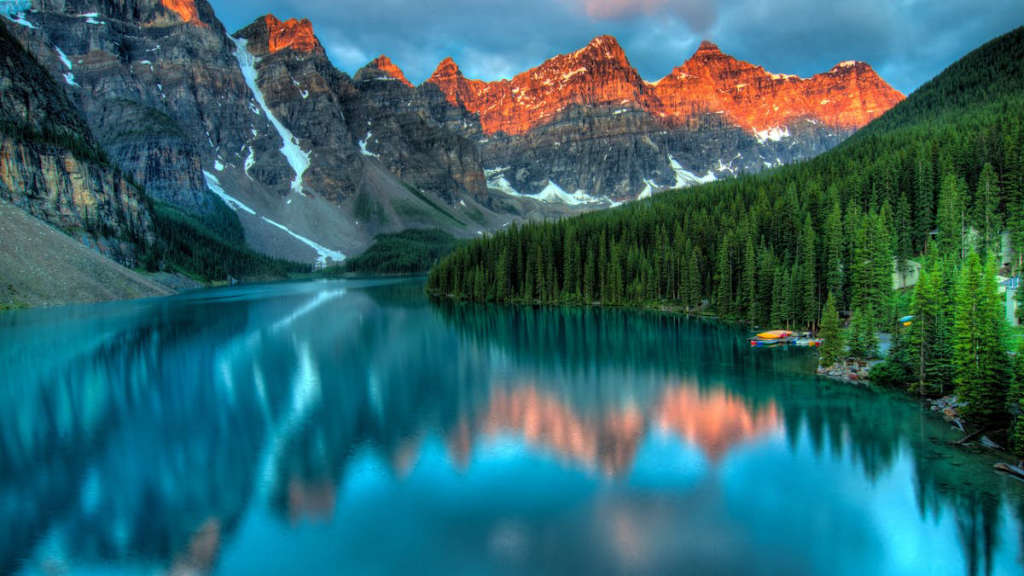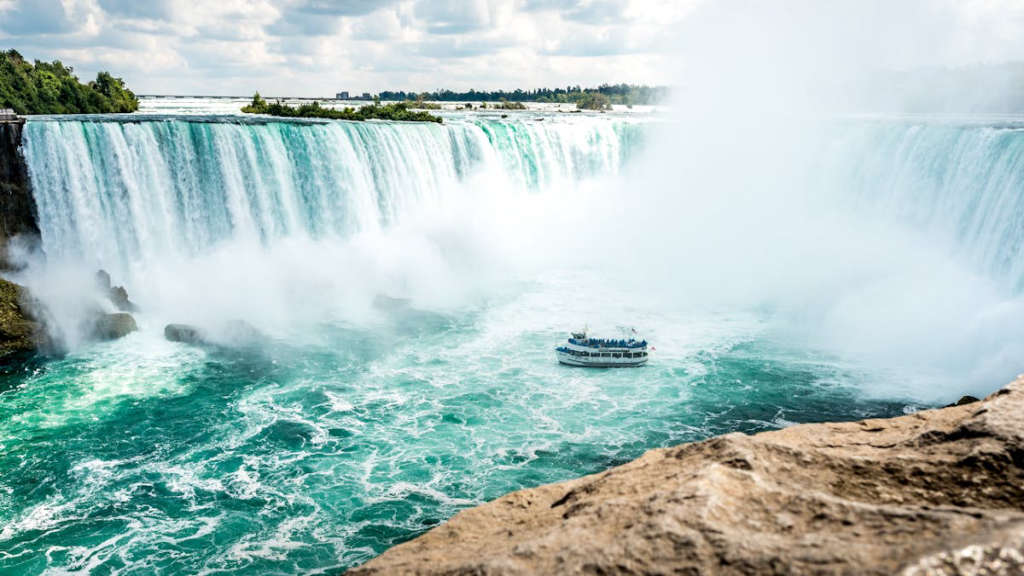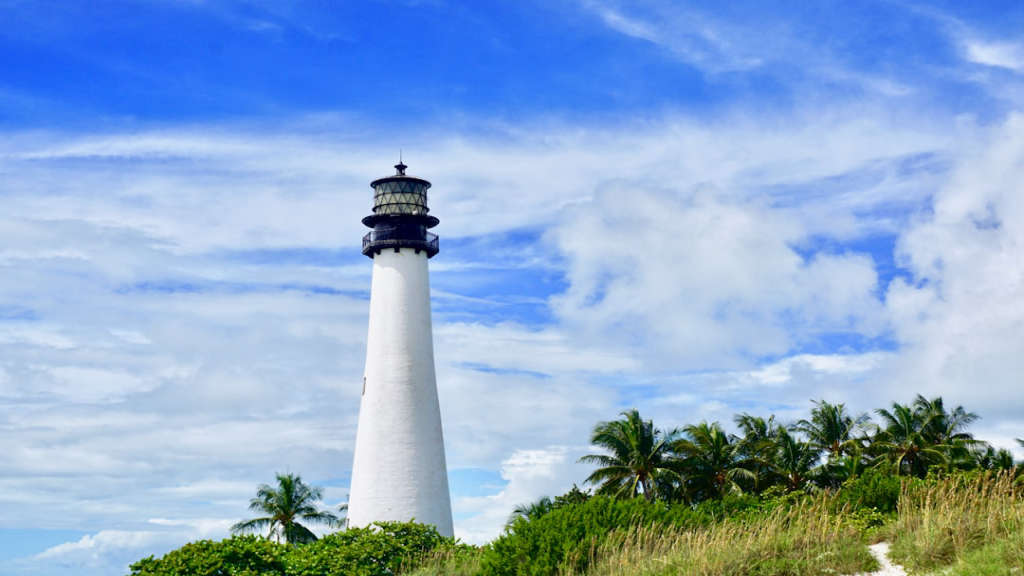Have you ever witnessed the Northern Lights dancing across the sky in a mesmerizing display of colors? The Aurora Borealis experience is truly a once-in-a-lifetime spectacle that leaves an indelible mark on all those who are lucky enough to witness it. The Magic of the Northern Lights is a spectacular natural phenomenon that has captured the imagination of people for centuries, and it continues to draw travelers from around the world to the far reaches of the Northern Hemisphere.
Main Points:
- What are the Northern Lights?
- Best places to see the Northern Lights
- Tips for Northern Lights photography
- The allure of Chasing the Aurora
- Experiencing the Aurora Borealis array
The Science Behind the Northern Lights
Have you ever been mesmerized by the breathtaking display of colors in the night sky known as the Northern Lights? This natural phenomenon, also called Aurora Borealis, has captivated people for centuries. But have you ever wondered about the science behind this stunning light show?
What Causes the Northern Lights?
The Northern Lights are the result of collisions between gaseous particles in the Earth’s atmosphere with charged particles released from the sun’s atmosphere. These collisions produce the beautiful lights that we see in the sky.
Best Places to See the Northern Lights
- Scandinavian countries – Norway, Sweden, Finland
- Canada – Yukon, Northwest Territories, Nunavut
- Iceland
- Greenland
If you’re looking to have an unforgettable Aurora Borealis experience, these are the best places to visit. The clear, dark skies and high latitude make these locations ideal for viewing the Northern Lights.
Next time you witness the Northern Lights, you can appreciate the science behind this natural wonder and share the fascinating story with others.

Capturing the Beauty: Photography Tips for Northern Lights
When embarking on a Northern Lights tour, one of the most memorable experiences is Chasing the Aurora. The mesmerizing dance of colors in the night sky offers a unique opportunity for photographers to capture stunning imagery. However, photographing the Northern Lights can be a challenging task, requiring a combination of skill, patience, and a bit of luck.
Choosing the Right Location
One of the first steps in capturing the beauty of the Northern Lights is to choose the right location. Look for areas with minimal light pollution and a clear view of the northern horizon. Popular spots for Northern Lights photography include Alaska, Norway, Iceland, and Canada.
Camera Settings
| Setting | Recommended Value |
|---|---|
| ISO | 800-1600 |
| Aperture | f/2.8-f/4 |
| Shutter Speed | 10-30 seconds |
Adjusting your camera settings is crucial for Northern Lights photography. A higher ISO will capture more light, while a wide aperture allows for a shorter exposure time. Experiment with different shutter speeds to find the optimal balance between capturing the movement of the lights and preventing blurriness.
Patience and Perseverance
Finally, it’s important to approach Northern Lights photography with patience and perseverance. The lights can be unpredictable, so be prepared to spend time waiting for the perfect moment. Additionally, don’t be discouraged if your first attempts don’t yield the desired results – practice and experimentation are key to mastering the art of capturing the Northern Lights.
By following these Northern Lights photography tips and embracing the challenge, you can enhance your chances of capturing the breathtaking beauty of the Aurora Borealis.

Myth and Legend: Cultural Interpretations of the Northern Lights
The phenomenon of the Northern Lights, also known as Aurora Borealis, has captivated people for centuries. Its mesmerizing and ethereal dance across the night sky has inspired countless myths and legends, each culture interpreting the lights in their own unique way. From ancient civilizations to modern societies, the Northern Lights have sparked the imagination and cultural significance of people around the world.
Witnessing the Aurora:
For those fortunate enough to witness the Aurora, it is a truly awe-inspiring experience. The shimmering curtains of light, ranging in colors from greens to purples, create a breathtaking display that leaves observers with a sense of wonder and amazement. Inuit cultures believe that the lights are the spirits of the departed playing games in the sky, while Scandinavian folklore suggests that the lights are caused by the gleaming armor of the Valkyries as they ride across the heavens.
Throughout history, the Northern Lights have been the subject of countless myths and legends, each one reflecting the cultural beliefs and values of the people who created them. In Finnish mythology, the lights are believed to be caused by the firefox as it dashes across the snow, while in Native American folklore, the lights are the souls of the departed communicating with the living.
Regardless of the interpretation, one thing is clear – the Northern Lights hold a special place in the hearts and minds of people around the world. Whether seen as a celestial dance or a message from the spirit world, the Aurora Borealis continues to inspire and captivate all who are fortunate enough to witness its breathtaking display.

The Best Places to See the Northern Lights
If you are a fan of natural wonders, then witnessing the mesmerizing Northern Lights is a must-do experience. The dancing colors of the aurora borealis are a spectacular sight to behold, and there are several outstanding locations around the world where you can have the best chances of seeing this breathtaking phenomenon.
1. Tromsø, Norway
Tromsø is often referred to as the capital of the Northern Lights, and for good reason. This Norwegian city is located well within the Arctic Circle, making it an ideal spot for catching the aurora borealis. The best time to visit is during the winter months, from November to March, when the nights are long and the skies are dark.
2. Fairbanks, Alaska, USA
For a chance to see the Northern Lights in the United States, head to Fairbanks in Alaska. This remote location offers clear skies and minimal light pollution, providing a great opportunity to witness the colorful light show. The peak season for Northern Lights viewing in Fairbanks is from late August to mid-April.
3. Reykjavik, Iceland
Iceland is famous for its otherworldly landscapes, and it’s also a fantastic place to see the Northern Lights. Reykjavik, the capital city, serves as a convenient base for exploring the surrounding areas where the aurora can be spotted. The best time to visit is from September to mid-April, and you can even take guided tours to increase your chances of witnessing the lights.
| Location | Best Time to Visit |
|---|---|
| Tromsø, Norway | November to March |
| Fairbanks, Alaska, USA | late August to mid-April |
| Reykjavik, Iceland | September to mid-April |
Remember, witnessing the Northern Lights is highly dependent on weather conditions and solar activity, so it’s always a good idea to plan your trip with a flexible schedule and to stay updated on the forecasts. With a bit of luck and patience, you’ll have an unforgettable experience under the magical glow of the aurora borealis.

The Northern Lights in Art and Literature
When we think about the Northern Lights, we often associate them with natural wonders and breathtaking beauty. However, the aurora borealis has also been a significant source of inspiration in art and literature throughout history. Artists and writers have been captivated by the mesmerizing display of lights in the night sky, using it as a muse for their creative endeavors.
One of the most prominent examples of the Northern Lights in art is the famous painting “The Northern Lights” by Frederic Edwin Church. This masterpiece captures the ethereal and otherworldly quality of the aurora borealis, showcasing its vibrant colors and mystical aura. Church’s painting has become an iconic representation of the Northern Lights in the art world, inspiring countless other artists to depict this natural phenomenon in their own work.
The Northern Lights in Art
Throughout history, the Northern Lights have been a recurring theme in art, symbolizing wonder, magic, and the incomprehensible beauty of nature. From ancient cave paintings to contemporary installations, artists have sought to capture the essence of the aurora borealis in various forms. Whether through realistic depictions or abstract interpretations, the Northern Lights continue to be a compelling subject for artistic expression.
The Northern Lights in Literature
Similarly, the Northern Lights have also found their way into the world of literature, inspiring authors to weave enchanting tales that revolve around this celestial phenomenon. From folktales and myths to modern novels and poetry, the aurora borealis has been a recurring motif in literary works across cultures. Its mystical and captivating presence often serves as a powerful symbol of mystery, awe, and the sublime in storytelling.
In conclusion, the Northern Lights have left a profound impact on the world of art and literature, captivating the hearts and minds of creatives for centuries. Its mesmerizing display of lights continues to inspire awe and wonder, serving as a timeless muse for artists and writers around the globe.

The Northern Lights and Solar Activity
Have you ever marveled at the beauty of the Northern Lights? This natural phenomenon, also known as aurora borealis, is a mesmerizing display of colorful lights in the night sky. But do you know what causes this breathtaking spectacle? The answer lies in solar activity.
Solar Activity and the Aurora Borealis
The Northern Lights are a result of solar activity. When the sun releases a large amount of magnetically charged particles into space, it creates solar winds. These solar winds can reach the Earth’s atmosphere and interact with its magnetic field. This interaction causes the beautiful light show known as the Northern Lights.
This process is influenced by the solar cycle, which is an 11-year cycle of solar activity. During the peak of this cycle, the Northern Lights are more frequent and visible in areas closer to the North Pole. Scientists and astronomers closely monitor solar activity to predict when the Northern Lights will be at their most spectacular.
Understanding Solar Activity
Solar activity is not just responsible for the Northern Lights; it also affects our technological infrastructure. Solar flares and coronal mass ejections can disrupt satellite communications, power grids, and navigation systems. This is why understanding solar activity is crucial for both scientific research and practical applications.
In conclusion, the Northern Lights are a captivating result of solar activity. Understanding the relationship between solar winds and the Earth’s magnetic field helps us appreciate the beauty of this natural wonder. Additionally, monitoring solar activity is essential for both scientific research and the protection of our technological infrastructure.

Astronomy and the Northern Lights: Understanding the Phenomenon
When it comes to astronomy, one of the most mesmerizing and captivating phenomena to witness is the Northern Lights. Also known as the Aurora Borealis, this natural light display in the Earth’s sky is a result of the interaction between the solar wind and the Earth’s magnetic field.
What Causes the Northern Lights?
The Northern Lights occur when charged particles from the sun enter the Earth’s atmosphere and collide with gases such as oxygen and nitrogen. These collisions produce the dazzling light show that we see in the night sky, with colors ranging from green to purple.
Best Places to Witness the Northern Lights
If you’re eager to witness this celestial spectacle in person, there are a few prime locations around the world where the Northern Lights are often visible. These include:
- Scandinavia: Countries such as Norway, Sweden, and Finland offer excellent vantage points for viewing the Northern Lights.
- Canada: The northern regions of Canada, particularly the Yukon, Northwest Territories, and Nunavut, are ideal for observing the Aurora Borealis.
- Iceland: Known for its rugged landscapes and natural wonders, Iceland is another popular destination for Northern Lights enthusiasts.
Understanding the Appeal of the Northern Lights
For centuries, the Northern Lights have captivated the imagination of people around the world. The beauty and otherworldly quality of this natural phenomenon make it a must-see for anyone with an interest in astronomy and the wonders of the cosmos.
Whether you’re a seasoned astronomer or simply someone who appreciates the magic of the universe, experiencing the Northern Lights is a truly unforgettable experience.

The Northern Lights and Climate Change
When it comes to natural phenomena, few are as enchanting as the Northern Lights. Also known as the aurora borealis, this mesmerizing display of colorful lights in the sky is a sight to behold. But beyond its beauty, the Northern Lights also hold clues about the state of our planet’s climate.
What are the Northern Lights?
The Northern Lights are a natural light display that occurs in the polar regions. They are caused by the interaction between the solar wind and the Earth’s magnetic field, resulting in the ionization and excitation of atmospheric gases. This process produces the vibrant colors that we see in the sky, including shades of green, pink, purple, and blue.
How do the Northern Lights relate to climate change?
Recent studies have shown that the activity of the Northern Lights is closely linked to the sun’s solar cycle. As the sun goes through periods of high and low activity, the intensity and frequency of the Northern Lights also fluctuate. This connection to solar activity makes the Northern Lights a valuable indicator of changes in the Earth’s climate.
Furthermore, researchers have found that the Northern Lights may be impacted by the changing climate. As temperatures rise and the composition of the Earth’s atmosphere evolves, the behavior of the Northern Lights could be altered. This potential shift in the aurora borealis raises concerns about the broader implications of climate change on our planet’s natural systems.
Why is it important to study the Northern Lights in the context of climate change?
The study of the Northern Lights in relation to climate change is crucial for several reasons. Firstly, the Northern Lights offer a tangible and visible way to observe the effects of climate change on the Earth’s atmosphere. By monitoring changes in the behavior of the aurora borealis, scientists can gain insights into the larger environmental shifts occurring on a global scale.
Secondly, the Northern Lights serve as a powerful reminder of the interconnectedness of the natural world. While the Northern Lights may seem distant and otherworldly, they are intimately tied to the Earth’s climate and can provide valuable data for climate research and monitoring.
Lastly, the Northern Lights capture the imagination and fascination of people around the world. By highlighting the potential impact of climate change on this iconic natural phenomenon, we can raise awareness and inspire action to protect our planet’s delicate ecological balance.
| Keywords | Importance |
|---|---|
| Northern Lights | Indicator of climate change |
| Climate change | Impact on natural phenomena |
| Solar activity | Connection to the Earth’s climate |
Experiencing the Northern Lights: Travel and Adventure
Have you ever dreamt of witnessing the mesmerizing spectacle of the Northern Lights? This natural phenomenon, also known as Aurora Borealis, is a breathtaking display of colorful lights dancing across the night sky. It’s a once-in-a-lifetime experience that many travelers dream of.
Experiencing the Northern Lights is not just a simple vacation, it’s an adventure of a lifetime. The anticipation of seeing the vibrant hues of green, purple, and pink illuminating the darkness is unparalleled. It’s a sensory overload that leaves a lasting impression on anyone who has the privilege of witnessing it.
Planning Your Northern Lights Adventure
When planning your trip to see the Northern Lights, it’s essential to choose the right time and place. The best time to see this natural wonder is during the winter months when the nights are long and dark. Additionally, you’ll want to select a location with minimal light pollution and clear skies, such as Iceland, Norway, or Finland.
Embracing the Unpredictability
One of the most exciting aspects of chasing the Northern Lights is the unpredictability. You may have to be patient and wait for hours, or even days, to catch a glimpse of the dazzling display. However, the thrill of finally seeing the ethereal lights dance across the sky makes the wait worthwhile.
Immersion in Nature
Aside from the incredible light show, embarking on a Northern Lights adventure allows you to immerse yourself in the beauty of nature. Whether it’s snowshoeing through the wilderness, riding a dogsled, or simply gazing at the starry night sky, the experience is bound to be an unforgettable one.
The Northern Lights: A Window to the Universe
Have you ever gazed up at the night sky and been fortunate enough to witness the majestic spectacle of the Northern Lights? Also known as the Aurora Borealis, these natural light displays are truly a wondrous sight to behold. But what exactly causes this phenomenon, and what can it teach us about the universe?
What are the Northern Lights?
The Northern Lights are a breathtaking natural display of colorful lights that typically appear in the night sky near the polar regions. These lights are caused by solar particles colliding with gases in the Earth’s atmosphere, producing a mesmerizing dance of shimmering colors.
How do they occur?
When solar particles from the sun are released into space, some of them are drawn towards the Earth’s magnetic field. As they approach the Earth, these energetic particles collide with gases such as oxygen and nitrogen in the atmosphere, creating the stunning auroral displays we know as the Northern Lights.
What can we learn from them?
The study of the Northern Lights can provide valuable insights into space weather and the interactions between the Earth and the solar wind. By understanding the mechanisms behind this natural phenomenon, scientists can gain a better understanding of the complex relationship between the Earth and the cosmos.
| Location | Causes | Implications |
|---|---|---|
| Near polar regions | Solar particles colliding with gases in the atmosphere | Insights into space weather and Earth’s interactions with the solar wind |
Conclusion
In conclusion, the Northern Lights truly are a spectacular natural phenomenon that everyone should experience at least once in their lifetime. The vibrant colors dancing across the sky create an unforgettable and awe-inspiring sight that leaves a lasting impression on all who witness it. Whether you choose to embark on a Northern Lights tour or simply keep an eye on the night sky during your travels, make sure to find a location where you can See The Northern Lights and marvel at the magic of this breathtaking display.






















0 Yorum